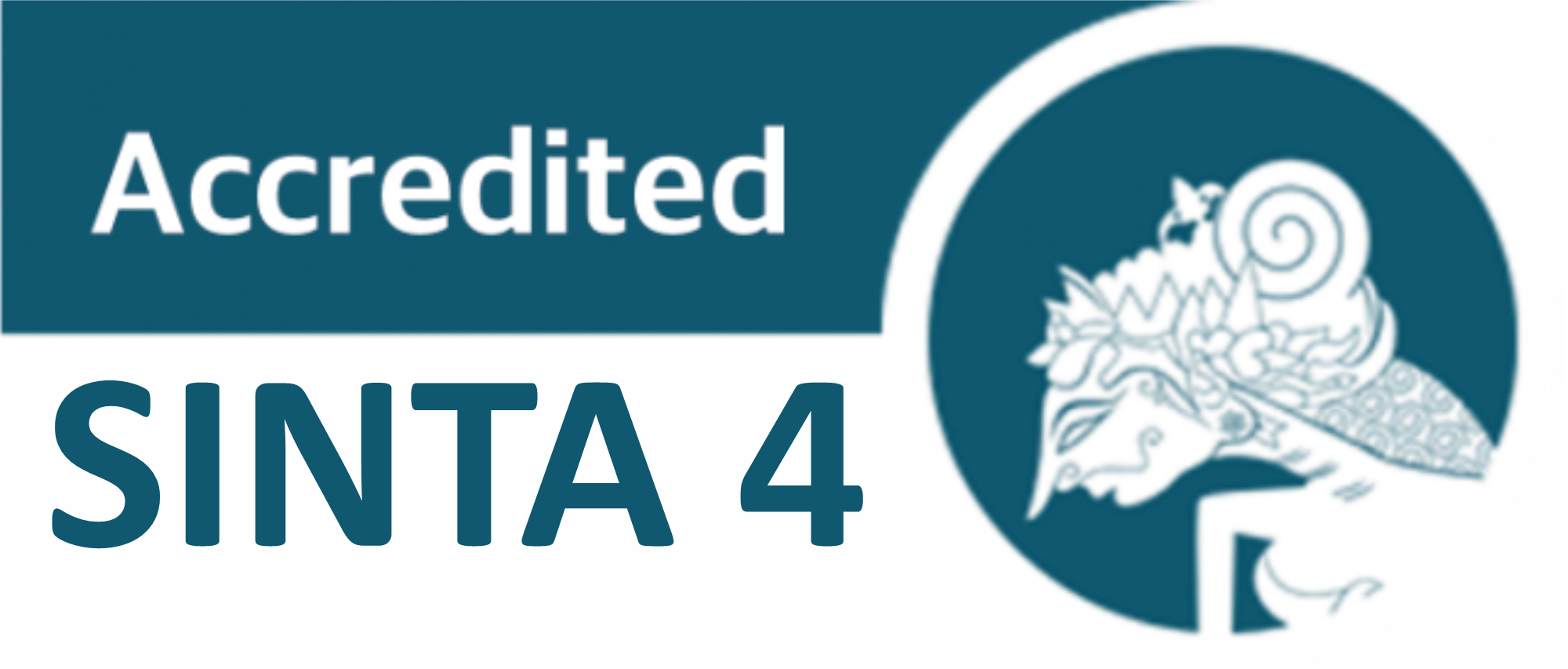Symbols and Meanings of Tattoos in The Punk Community in Surakarta: Roland Barthes Semiotics Study
DOI:
https://doi.org/10.24114/gr.v14i1.64519Keywords:
PUNK, Denotation, Connotation, Myth, SurakartaAbstract
This research discusses the symbols and meanings of tattoos in the punk community. Tattoos in the Punk community in Surakarta contain symbols and meanings that they want to convey to the community. This research aims to dismantle and explore the meaning contained in tattoos, highlighting the symbolic role in shaping the collective identity of the punk community of Surakarta. However, there is a negative stigma that develops in the midst of society towards a Punk community, one of which is in tattoos. So Roland Barthes's semiotic theory approach is used to prove the negative stigma about tattoos that developp in the midst of society. This research is expected to provide in-depth insight into how tattoos become an identity in the context of the punk community in Surakarta, as well as contribute to a broader understanding of the role of tattoos in responding to and representing the values of the punk subculture in the local community. This study uses a qualitative research method that is descriptive to uncover a message contained in the tattoos of the Punk community. This research found that the symbols contained in the tattoos of the Punk community such as the symbol of Anarchy, the symbol of Peace, the symbol of Equality, the symbol of Resistance, and the symbol of Antifa. Meanwhile, the meaning of tattoos based on experience is grouped into tattoos as identity, tattoos as artistic expressions, tattoos as spiritualists, tattoos as memories, tattoos as motivation, and tattoos as expressions of feelings. The negative meaning that is a stigma about tattoos that develop in society, is not something that can be proven. Rather, tattoos in the punk community are a medium to voice their anxiety about social inequality, and as a medium of individual experience.References
Asrofah. (2014). SEMIOTIK MITOS ROLAND BARTHES DALAM ANALISIS IKLAN DI MEDIA MASSA (Vol. 2, Issue 1).
Aulia, F. (2021). KONSISTENSI LOGO DALAM MEMBANGUN SISTEM IDENTITAS. Gorga : Jurnal Seni Rupa, 10.
Eris Kuswara. (2020, February 14). anarchy dan Equality, Cerminan PUNk Sesungguhnya. Koropak. https://koropak.co.id/11615/anarchy-dan-equality-cerminan-punk-sesungguhnya
https://id.wikipedia.org/wiki/Antifa_Jerman. (n.d.). antifa. Retrieved March 24, 2025, from https://id.wikipedia.org/wiki/Antifa_Jerman
https://id.wikipedia.org/wiki/Lambang_perdamaian. (n.d.). Lambang Perdamaian. Retrieved March 24, 2025, from https://id.wikipedia.org/wiki/Lambang_perdamaian
https://p2k.stekom.ac.id/ensiklopedia/Anarkis. (n.d.). Anarki. Retrieved March 24, 2025, from https://p2k.stekom.ac.id/ensiklopedia/Anarkis
Nina Selviana. (2018). MAKNA DENOTASI DAN KONOTASI PADA UNGKAPAN TRADISIONAL DALAM KONTEKS PERNIKAHAN ADAT SUKU PAMONA.
Pranoto, I., & Adi Pratiswa. (2020). MOTIF BURUNG ENGGANG GADING PADA PAKAIAN ADAT DAYAK KANAYATN KALIMANTAN BARAT. Gorga : Jurnal Seni Rupa, 9, 2020.
Prof. Dr. Sugiyono. (2013). Metode Penelitian Kuantitatif dan Kualitatif. In Sugiyono. CV. ALFABETA.
Risa Kusuma. (2023, September 7). Roland Barthes Teori Semiotika: Biografi. Xerpihan. https://xerpihan.id/blog/3964/roland-barthes-teori-semiotika-biografi/?ssp=1&darkschemeovr=1&setlang=id&cc=ID&safesearch=moderate
Riyadi Swandhani. (2023). SEMIOTIKA ROLAND BARTHES SEBAGAI PENDEKATAN UNTUK MENGKAJI LOGO KANTOR POS. Lb. Siliwangi, Kecamatan Coblong, 12(10).
Roland Barthes. (2013). Barthes_Roland_Elements_of_Semiology_1977.
Sobur, A. (2016). Semiotika Komunikasi. In Semiotika Komunikasi (p. 156). PT Remaja Rosdakarya.
Sunardi. (2004). Semiotika Negativa. In Semiotika Negativa. Buku Baik.
Wikan, D. (2015). MAKNA DAN IDEOLOGI PUNK.
Downloads
Published
How to Cite
Issue
Section
License
Copyright (c) 2025 Rudolf Abigael Panggabean, Miswar Miswar, Hamdam Akromullah, Hamzah Hamzah, Jeki Aprisela, Yunis Muler

This work is licensed under a Creative Commons Attribution-ShareAlike 4.0 International License.
Copyright
Authors published in this journal agree to the following terms:
- The copyright of each article is retained by the author (s).
- The author grants the journal the first publication rights with the work simultaneously licensed under the Creative Commons Attribution License, allowing others to share the work with an acknowledgment of authorship and the initial publication in this journal.
- Authors may enter into separate additional contractual agreements for the non-exclusive distribution of published journal versions of the work (for example, posting them to institutional repositories or publishing them in a book), with acknowledgment of their initial publication in this journal.
- Authors are permitted and encouraged to post their work online (For example in the Institutional Repository or on their website) before and during the submission process, as this can lead to productive exchanges, as well as earlier and larger citations of published work.
- Articles and all related material published are distributed under a Creative Commons Attribution-ShareAlike 4.0 International License.
License
Gorga : Jurnal Seni Rupa is licensed under a Creative Commons Attribution-ShareAlike 4.0 International License.










